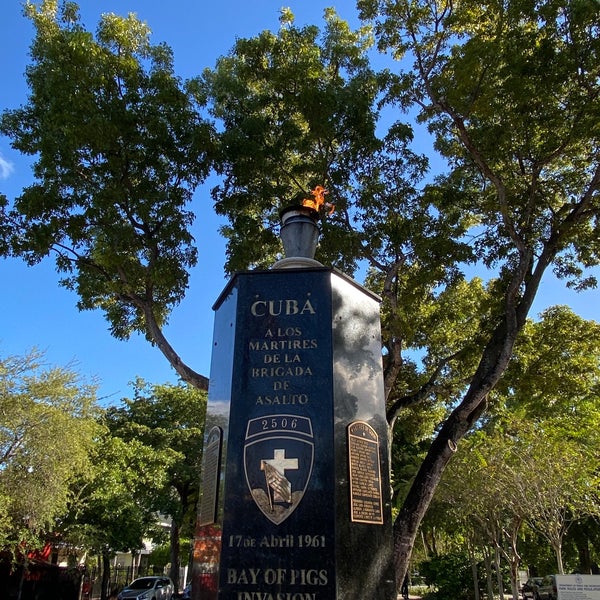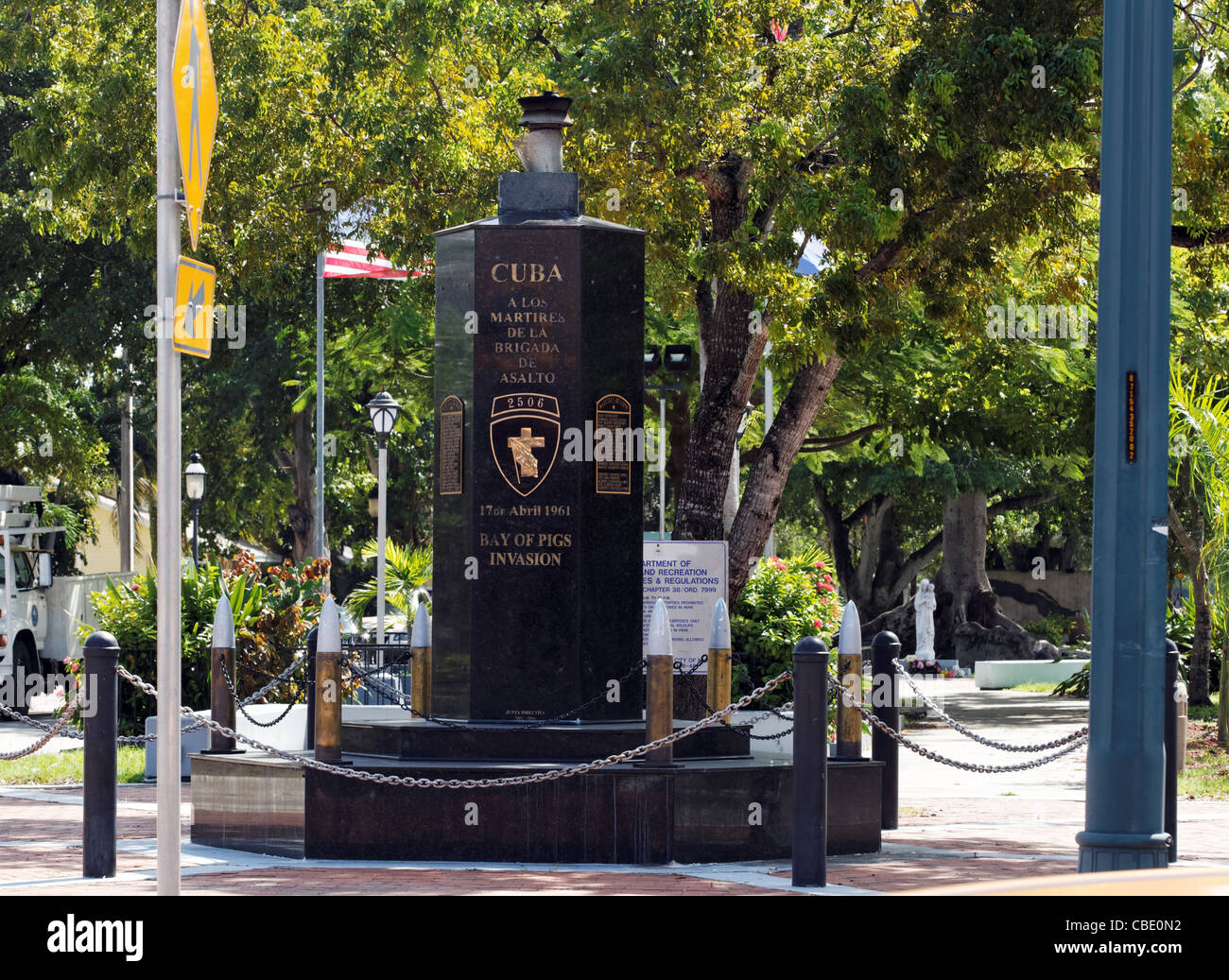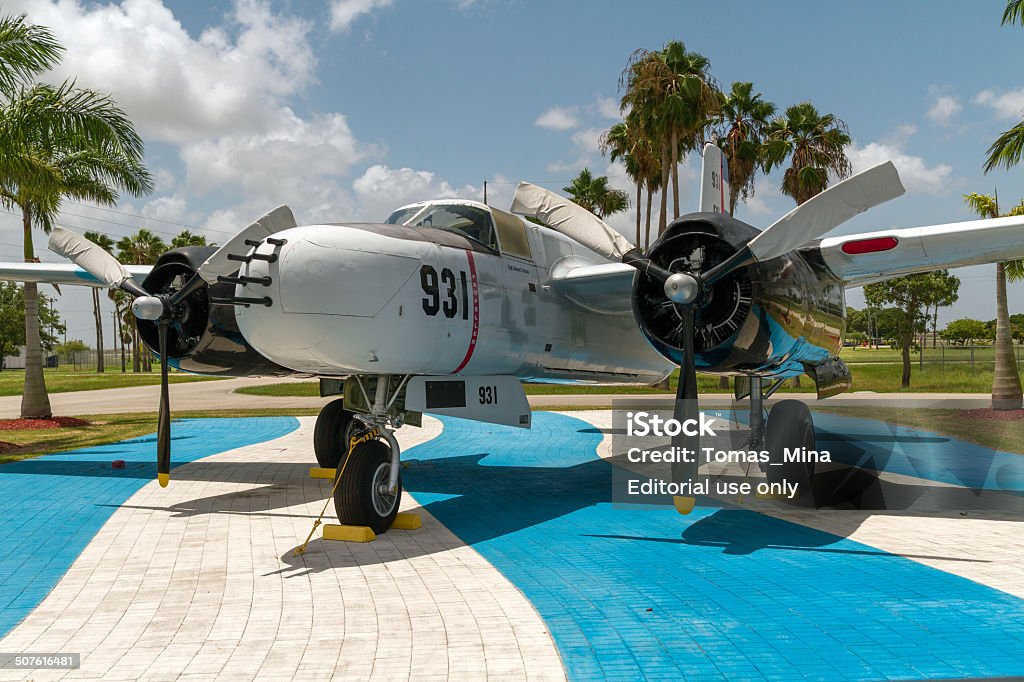Exploring the Value of the Bay of Pigs Monolith in Historic Memory
As a building manifestation of the Bay of Pigs Invasion, this monolith envelops not just the events of that eventful episode yet also the complicated internet of political, social, and cultural ramifications that border it. By diving into the layers of importance ingrained within this monolith, one can start to decipher a narrative that goes beyond plain historic documentation, providing a home window right into the sustaining legacy of the Bay of Pigs Invasion and its enduring influence on both the Cuban-American relationship and wider historic awareness.
Historical Context of Bay of Pigs Invasion
During the height of the Cold War in April 1961, the Bay of Pigs intrusion noted a turning point in the continuous tensions between the USA and the Soviet Union. The intrusion was an unsuccessful effort by the U.S.-backed Cuban expatriations to topple Fidel Castro's communist government in Cuba. The operation, which had been planned under the Eisenhower administration and executed under Head of state John F. Kennedy, was a significant trouble for the USA.
The Bay of Pigs invasion not just stretched relations between the united state and Cuba yet also increased the displeasure in between the united state and the Soviet Union. The Soviet Union saw the invasion as a direct threat to its presence in Cuba and subsequently raised its assistance for the Cuban federal government, causing the Cuban Rocket Dilemma the following year.
Construction and Design of the Monolith
The architectural design of the Bay of Pigs Monolith personifies a mix of symbolic aspects that reflect the complex historic relevance of the event. Situated in Miami, Florida, the monolith stands as a homage to the men that fearlessly battled in the Bay of Pigs invasion. The structure, designed by prominent designer Manuel J. Diaz, integrates symbolic features such as a main shaft reaching in the direction of the skies, symbolizing the aspirations of those that looked for to liberate Cuba from communist rule.
The monolith's building and construction used materials that stimulate a sense of strength and durability, with the use of sturdy stone and concrete. The format of the monument consists of a circular plaza embellished with plaques outlining the names of the dropped soldiers, improving the reflective and sad atmosphere of the website. Furthermore, the unification of American and cuban flags intertwined at the base of the obelisk indicates the unity and shared background in between both nations during this troubled duration. In general, the layout of the Bay of Pigs Monument works as a poignant pointer of the sacrifices made throughout the invasion and the withstanding heritage it holds in historical memory.

Political Importance and Debates
Political touches and controversies surrounding the Bay of Pigs Monument have triggered discussions among scholars and political analysts alike. The monument's building in Miami, a city with a significant Cuban-American population, has resulted in varying analyses of its importance. For some, the monument stands as a tribute to the bravery and sacrifice of the Cuban exiles who took part in the fallen short intrusion. It serves as a pointer of the Cold Battle resists communism and the USA' dedication to sustaining anti-Castro pressures.
Nevertheless, for others, the Bay of Pigs Monument represents a more questionable stance. Movie critics argue that the monument glorifies a dark chapter in U.S. diplomacy, highlighting a fallen short concealed procedure that strained diplomatic relationships and had long-term effects. Furthermore, some check out the monument as a political declaration versus the Cuban federal government, perpetuating tensions in between the 2 nations.

Influence On Cuban-American Relations
In the middle of the different interpretations of the Bay of Pigs Monolith's relevance, its existence in Miami works as a focal point for assessing the complicated dynamics that have actually affected Cuban-American connections. The monument, put up to honor the failed intrusion of Cuba by banished Cuban fighters sustained by the CIA in 1961, stands as a tip of the strained historic connection in between both nations.
The Bay of Pigs intrusion marked a turning point in Cuban-American connections, leading to enhanced tensions and a long-term effect on diplomatic communications. For Cuban-Americans, the monolith symbolizes strength and the defend liberty against the Cuban federal government. Conversely, for several Cubans on the island, it represents a raw pointer of united state interventionism and aggression.

Collective Memory and Historical Stories
Checking out the linking threads of collective memory and historical narratives surrounding the Bay of Pigs Monument exposes complex layers explanation of analysis and relevance. In the situation of the Bay of Pigs Monolith, this collective memory is shaped by different narratives that have emerged over time.
Historical stories play a crucial role fit cumulative memory. They give a structure where occasions like the Bay of Pigs intrusion are recognized and translated by society. These narratives can develop in time, showing altering point of views and interpretations of the past. The Bay of Pigs Monolith functions as a physical personification of these narratives, preserving them for future generations to contemplate. By analyzing the relationship between cumulative memory and historic narratives, we can gain a much deeper understanding of just how events like the Bay of Pigs invasion continue to reverberate in today day.
Verdict
Finally, the Bay of Pigs monolith stands as a prominent sign of the fallen short invasion and its long lasting effect on Cuban-American relations. Its building and layout reflect the political significance and disputes bordering the event, shaping collective memory and historic stories. By discovering the significance of this memorial, we acquire much deeper understanding right into the complexities of Cold War history and the withstanding tradition of this zero hour in international relations.
By delving into the layers of relevance ingrained within this monolith, one can start to untangle a narrative that transcends mere historical documentation, providing a window into the withstanding tradition of the Bay of Pigs Intrusion and its enduring effect on both the Cuban-American partnership and more comprehensive historic awareness.
The building style of the Bay of Pigs Monument symbolizes a blend of symbolic elements that reflect the complex historical significance of the occasion. On the whole, the layout of the Bay of Pigs Monolith offers as a touching tip of the sacrifices made during the invasion and the enduring heritage it holds in historic memory.
Checking out the intertwining threads of collective memory and historic stories surrounding the Bay of Pigs Monolith exposes complex layers of interpretation and importance - Bay of Pigs Monument museum.In verdict, the Bay of Pigs monument stands as a popular symbol of the fallen short invasion and its lasting influence on Cuban-American connections
Comments on “Browsing Miami's Bay of Pigs Monument Map: Your Essential Guide for Expedition”